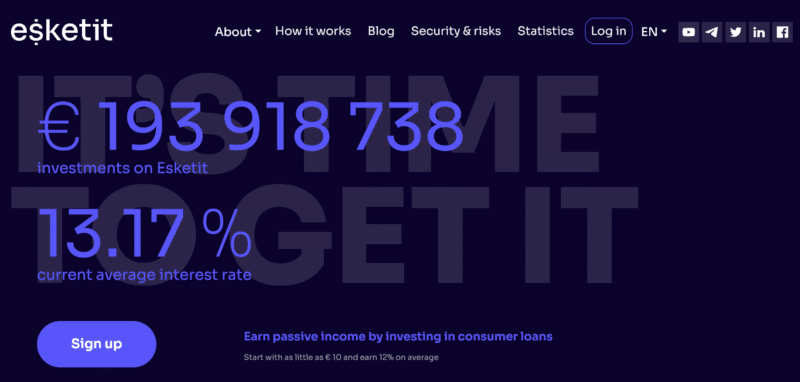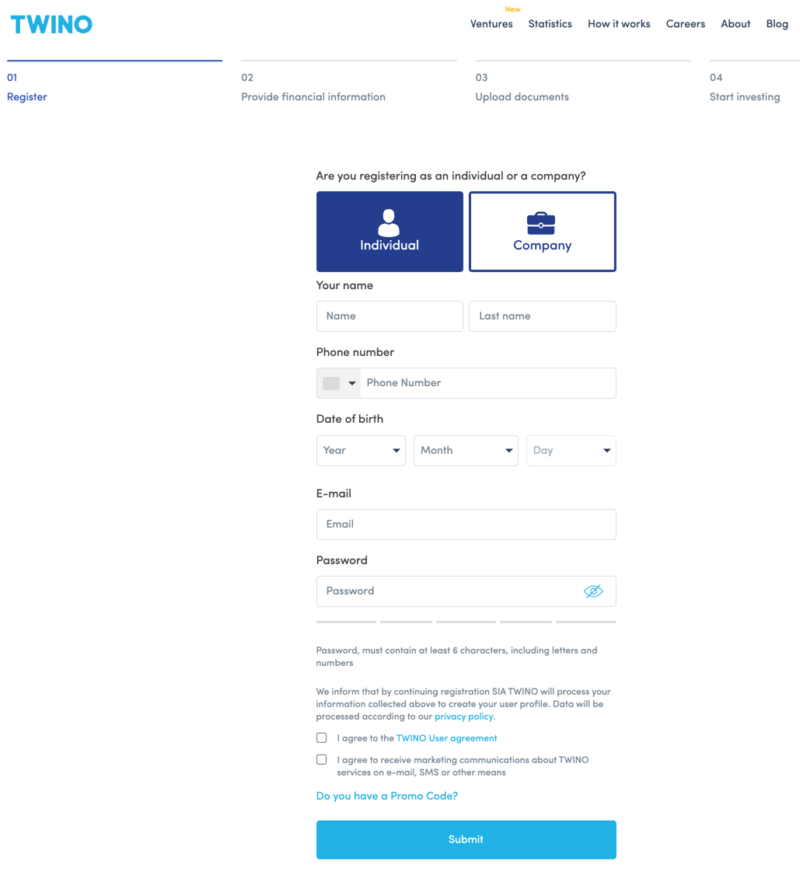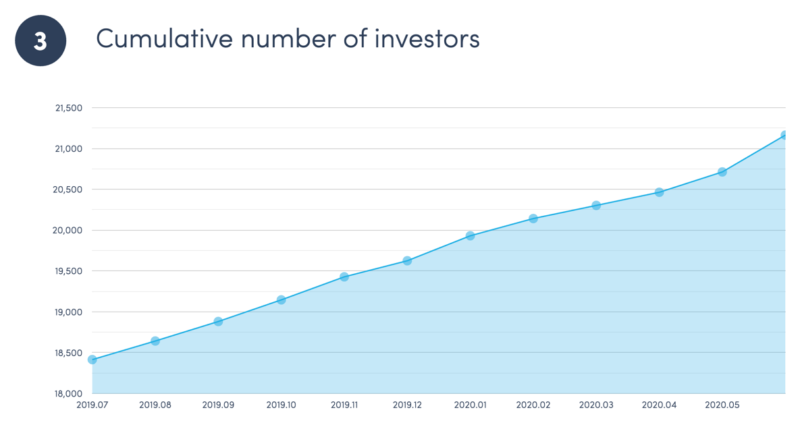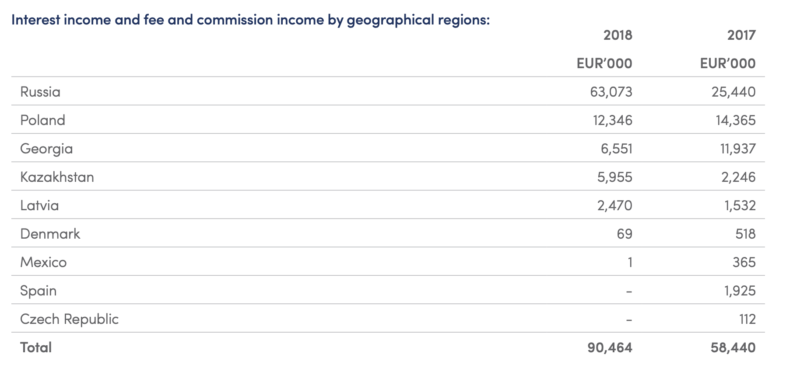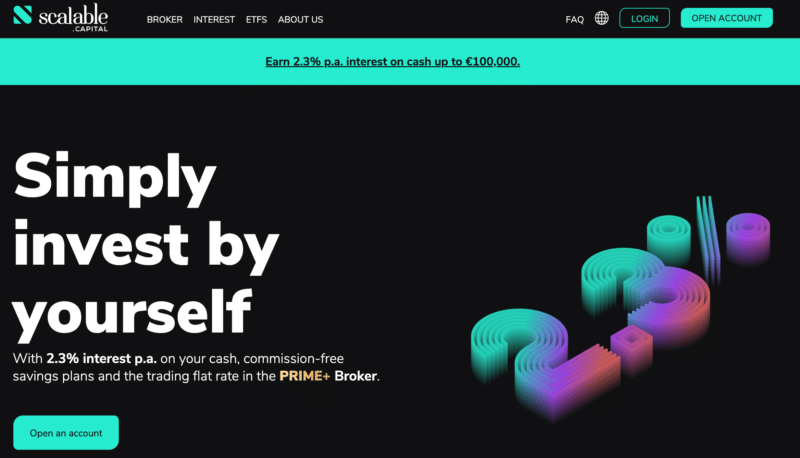 Scalable Capital is a digital wealth management platform that aims to make investing more accessible and efficient for a wide range of investors. Founded in 2014 by Erik Podzuweit, Florian Prucker, and Adam French, the company has quickly become one of Europe’s leading robo-advisors. Focusing on technology-driven investment strategies, Scalable Capital offers personalized, cost-effective portfolio management while minimizing risk.
Scalable Capital is a digital wealth management platform that aims to make investing more accessible and efficient for a wide range of investors. Founded in 2014 by Erik Podzuweit, Florian Prucker, and Adam French, the company has quickly become one of Europe’s leading robo-advisors. Focusing on technology-driven investment strategies, Scalable Capital offers personalized, cost-effective portfolio management while minimizing risk.
In this review, I’ll explore the features, advantages, and drawbacks of Scalable Capital, providing an in-depth analysis of the platform’s offerings to help you determine whether it’s the right fit for your investment needs.
Investment Approach
The investment approach of Scalable Capital is based on Modern Portfolio Theory (MPT), which aims to maximize returns while minimizing risk through diversification. The platform uses advanced algorithms and technology to create an individualized investment strategy tailored to your risk tolerance, financial goals, and investment horizon.
The platform offers its clients multiple ways to invest and grow their wealth, catering to different investment styles and financial goals. Here are the three primary ways to invest with Scalable Capital:
- Broker: Scalable Capital provides brokerage services that enable investors to buy and sell a wide range of financial instruments, such as stocks, bonds, and exchange-traded funds (ETFs). With their brokerage service, investors can create a custom portfolio, selecting individual securities that align with their investment strategy and preferences. This option offers investors more control over their investment choices and is suitable for those who prefer a hands-on approach to investing.
- Interest: Scalable Capital offers a fixed-interest investment product known as “Scalable Capital Interest Account” (previously called “Savings Plan”). This option allows investors to deposit a fixed amount of money, typically with a predetermined interest rate, for a specified period. The interest account can be an attractive choice for conservative investors or those looking to diversify their portfolio with a lower-risk investment option. The interest rates can vary depending on market conditions and the duration of the investment.
- ETFs (Managed Portfolios): Scalable Capital’s core offering is its robo-advisory service, where they create and manage personalized portfolios using low-cost ETFs. These portfolios are tailored to each investor’s risk tolerance and financial goals. Scalable Capital uses advanced algorithms and technology-driven investment strategies to optimize the asset allocation and maintain the desired risk level. This option is ideal for investors who prefer a passive, hands-off approach to investing, as the platform takes care of portfolio management, including regular rebalancing and risk monitoring.
These three investment options cater to a variety of investor preferences, allowing them to choose the most suitable method based on their financial goals, risk tolerance, and desired level of involvement in the investment process.
Account Opening and Onboarding Process
Opening an account with Scalable Capital is a straightforward process. First, you’ll need to provide some personal information, such as your name, address, and tax identification number. Then, you’ll be asked to complete a questionnaire to assess your risk tolerance, investment objectives, and financial situation. This information is used by the platform’s algorithms to create a personalized investment strategy tailored to your needs.
After completing the questionnaire, you’ll receive a proposed portfolio allocation based on your risk profile. You can review this allocation and make adjustments if necessary before proceeding with funding your account. The minimum investment amount for Scalable Capital is €10,000, which can be a barrier for some investors with limited capital. On the other hand, I usually advise people to build a certain size of additional wealth before they decide to start investing. The minimum investment amount of €10,000 is what I would recommend as a minimum for this purpose, so in my view this makes sense.
Portfolio Management and Rebalancing
Scalable Capital continuously monitors and manages your portfolio using its proprietary algorithms. The platform regularly rebalances your portfolio to maintain the target asset allocation and risk level, ensuring your investments stay aligned with your financial goals and risk tolerance.
Rebalancing helps to keep your portfolio’s risk in check, as it prevents overexposure to a particular asset class or market segment that may have experienced significant gains or losses. This automated process is a significant advantage of robo-advisors like Scalable Capital, as it eliminates the need for you to constantly monitor and adjust your investments manually.
Fees and Costs
Scalable Capital charges an all-inclusive management fee based on the total assets under management (AUM). The fee starts at 0.75% per year for portfolios up to €50,000, with a tiered fee structure that reduces the fee as your investment amount increases. For example, the fee drops to 0.50% per year for portfolios between €50,000 and €200,000, and 0.35% per year for portfolios above €200,000.
This management fee covers all the costs associated with the platform’s services, including portfolio management, rebalancing, and custody fees. However, it’s essential to note that ETF expense ratios, which are inherent to the underlying funds, are not included in the management fee and will be an additional cost for investors.
Performance and Risk Management
Scalable Capital uses a dynamic risk management approach to ensure your portfolio stays within your desired risk level. The platform’s algorithms monitor market conditions and adjust your investments accordingly to maintain the target risk level. This process may involve adjusting the allocation of assets in your portfolio or switching to less volatile ETFs during periods of market uncertainty. This dynamic approach to risk management helps protect your portfolio from extreme market fluctuations while still pursuing your long-term investment objectives.
It’s important to note that past performance is not indicative of future results, and individual investment outcomes may vary. That being said, Scalable Capital’s focus on risk management and diversification aims to provide more stable returns over time, reducing the likelihood of significant losses during market downturns.
User Interface and Mobile App
Scalable Capital’s user interface is intuitive and user-friendly, making it easy to navigate and access all the features the platform has to offer. The platform provides a comprehensive dashboard that displays your portfolio’s performance, allocation, and historical data. This allows you to stay informed about your investments and make adjustments as needed easily.
The platform also offers a mobile app, available for both iOS and Android devices, enabling you to manage your investments on the go. The app includes all the functionality of the web-based platform, allowing you to track your portfolio’s performance, make deposits, and even adjust your risk tolerance directly from your smartphone or tablet.
Customer Support
Scalable Capital provides a variety of customer support options to address any questions or concerns you may have. You can reach their support team via email, phone, or live chat. From my experience, the customer support team has been responsive and helpful in addressing any issues or inquiries I had.
Some Drawbacks to Consider
While Scalable Capital offers many benefits for investors, there are a few drawbacks to consider as well. The minimum investment amount of €10,000 can be a barrier for some investors with limited capital, potentially excluding those who are just starting out on their investment journey.
Additionally, the platform’s investment offerings are primarily limited to ETFs, which may not be suitable for investors looking for a more hands-on approach or access to individual stocks, bonds, or alternative investments.
Alternatives to Scalable Capital
Here are a few robo-advisors and digital wealth management platforms that are available across Europe and that are worth looking into, with the final selection being dependent on your needs and ideas around investing.
- Moneyfarm: Founded in Italy and operating across Europe, Moneyfarm provides personalized investment portfolios based on ETFs. The platform offers a user-friendly experience, a tiered fee structure, and access to a team of investment consultants for personalized advice.
- Raisin: A pan-European savings and investment platform, Raisin partners with various banks and financial institutions across Europe to offer a wide range of investment products, including savings accounts, term deposits, and ETF portfolios. Raisin focuses on providing competitive returns, diversification, and a user-friendly platform.
Final Thoughts
Overall, I find Scalable Capital to be an attractive option for investors seeking a technology-driven, personalized investment solution. The platform’s emphasis on risk management and diversification, combined with its intuitive user interface and comprehensive support options, make it a compelling choice for those looking to simplify and optimize their investment process.
However, it’s essential to be aware of the platform’s constraints, such as the minimum investment amount and the focus on ETFs, when evaluating its suitability for your individual needs. As with any investment platform, it’s crucial to conduct your own research, consider your financial goals and risk tolerance, and ensure that the platform aligns with your overall investment strategy.
In conclusion, if you’re an investor looking for a robo-advisor that offers a personalized, risk-aware approach to investing, Scalable Capital may be worth considering. Its features cater to a variety of investment styles and preferences, but as always, carefully assess the potential risks and rewards before committing your hard-earned money to any investment platform.
